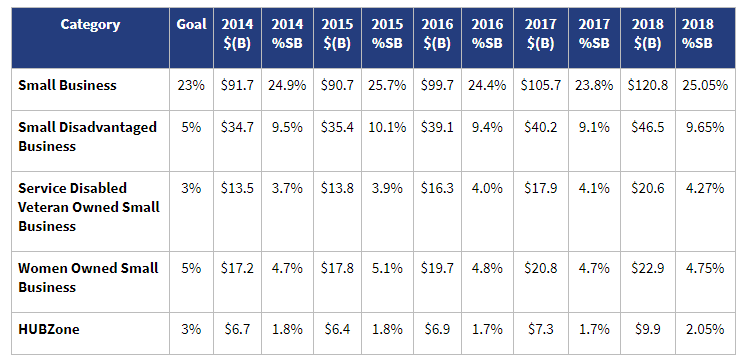DUNS is done!
For roughly 57 years, DUNS numbers, created by Dun & Bradstreet, have been the official entity verification for government contractors and private industry. It was indexed in the Federal Acquisition Regulation (FAR) in 1998. GSA, the administrator of the program, issued an RFP in 2019, to replace DUNS. Ernst & Young was awarded the new contract, this past March. (Nextgov, July 2019)
What does this all mean? For starters, Ernst & Young will be responsible for administering a new “Unique Entity ID” as well as managing the transition from DUNS. Every organization, including vendors, grantees, and coops doing business with federal agencies will have a new, 12 character identifier, 3 characters longer than the current DUNS number. The Unique Entity ID is a mix of numbers and letters following a specific set pattern.
A new process is also effective with the updated verification number. Organizations will request a Unique Entity ID when registering with SAM.gov, instead of applying through a vendor such as Dun & Bradstreet. To assist with the transition, GSA has released the Unique Entity ID Standard, set up a virtual meeting for July 25, and created a webpage dedicated to the transition for those who would like to know more. (ibid)
The Unique Entity ID is structured to avoid confusion with the old numbers, tax ID numbers and Commercial and Government Entity (CAGE) codes. All systems using the current 9 digit format will require an update to use the longer Unique Entity ID number. (ibid)
Questions about the new Unique Entity ID? Wondering what to do with your old DUNS and how it affects your current contract or one you are bidding on now? Give us a call and we can explain.

